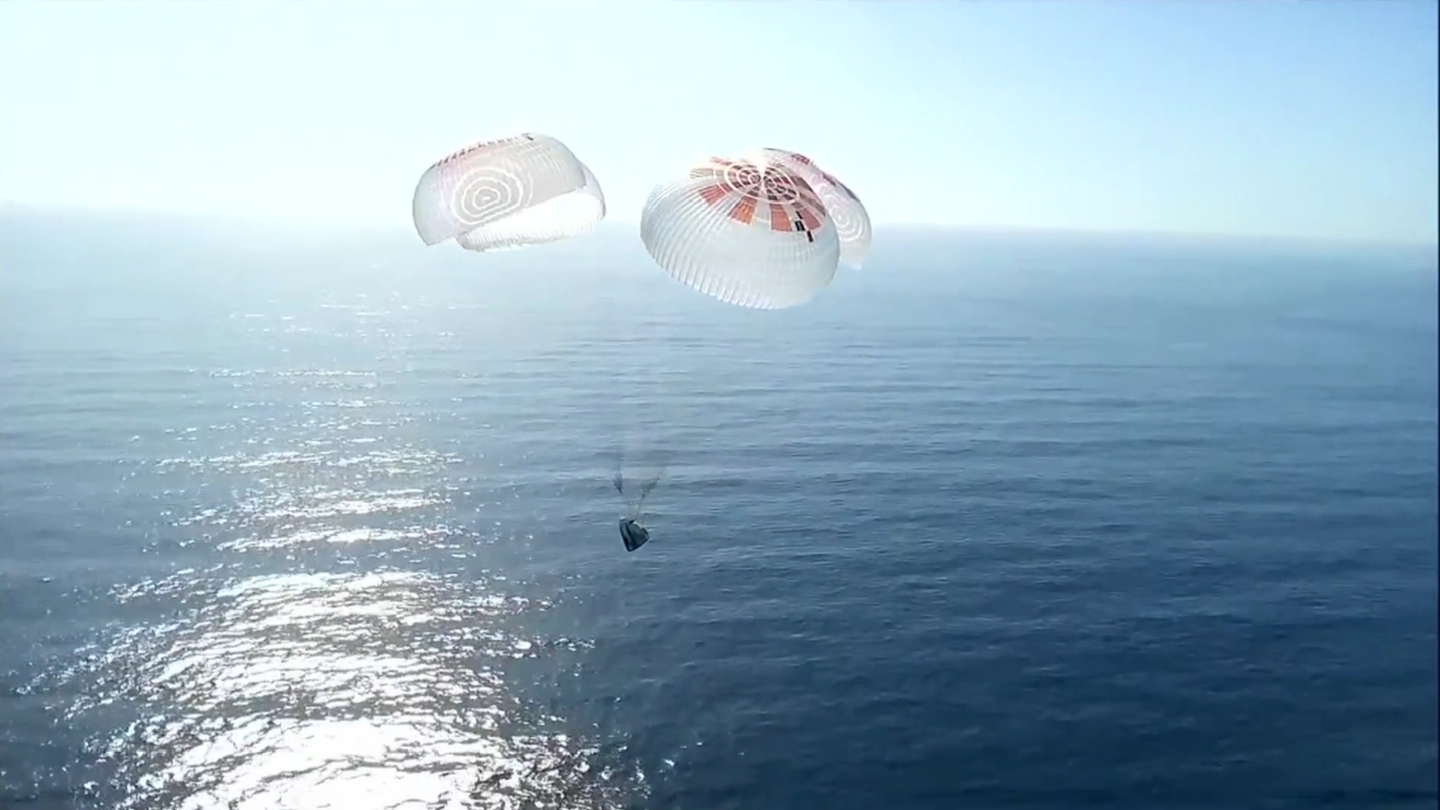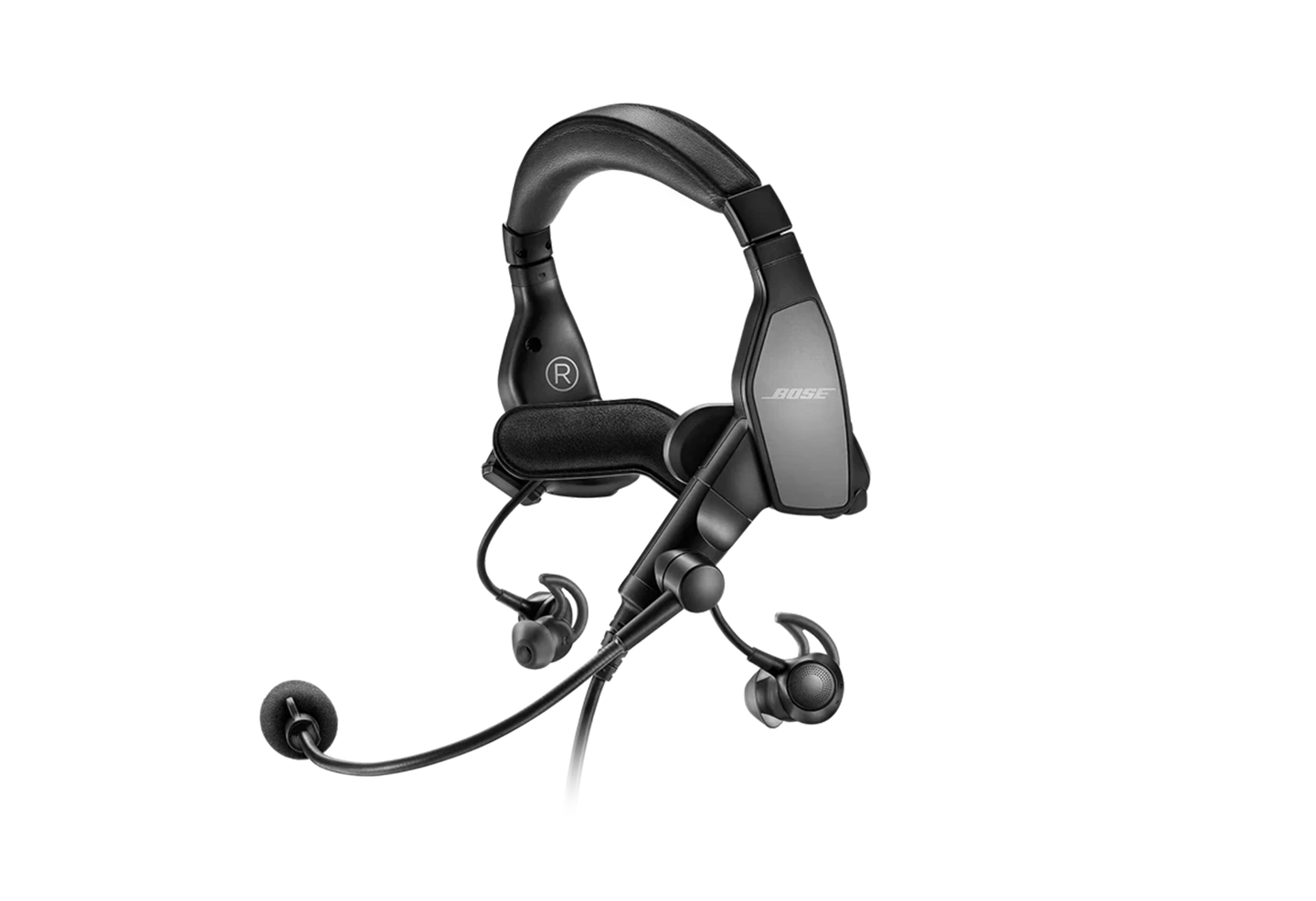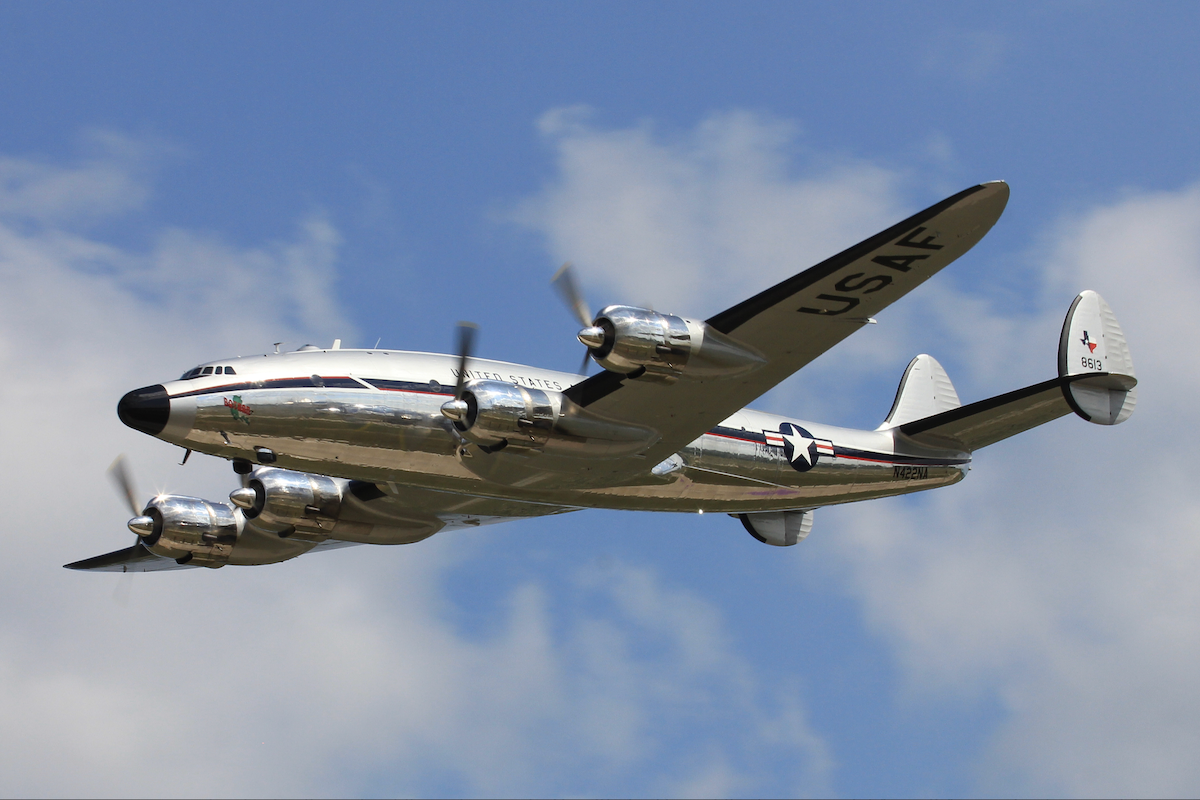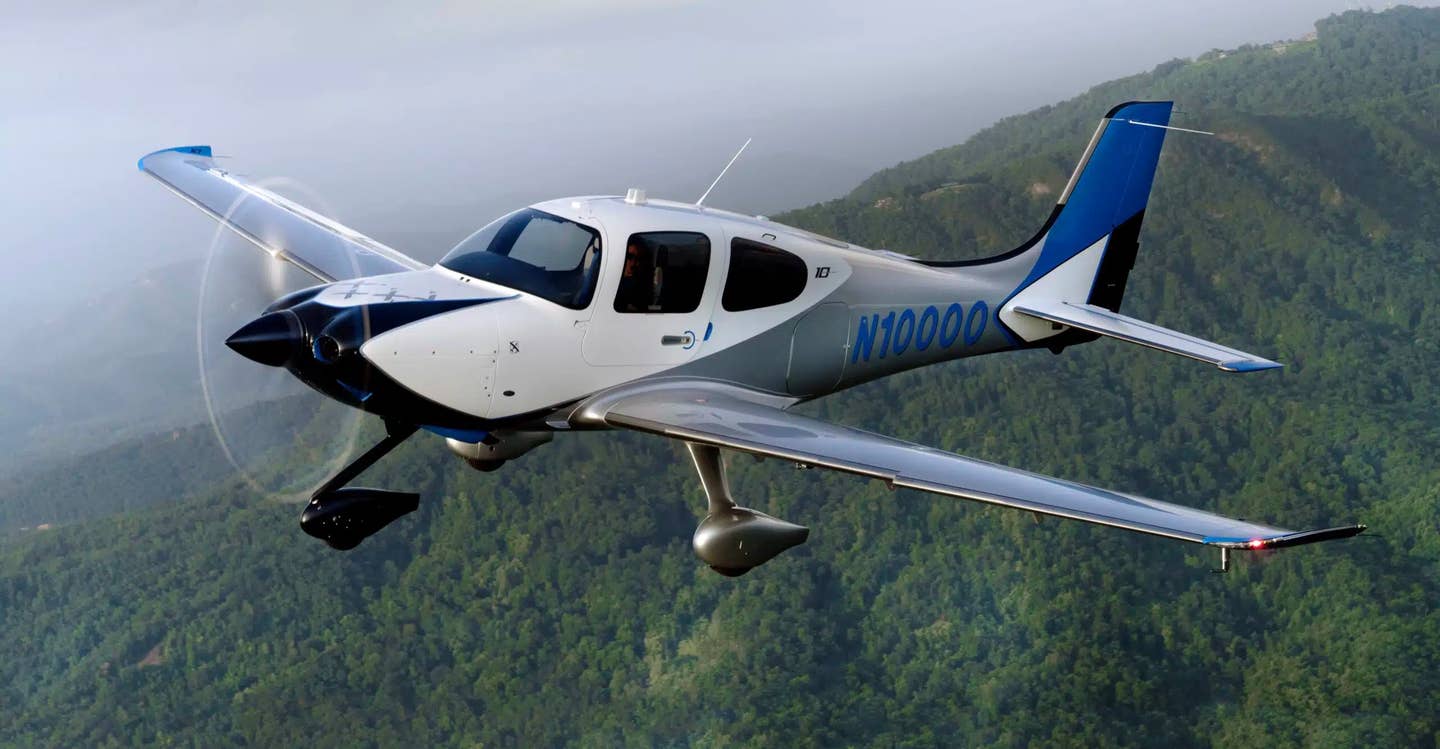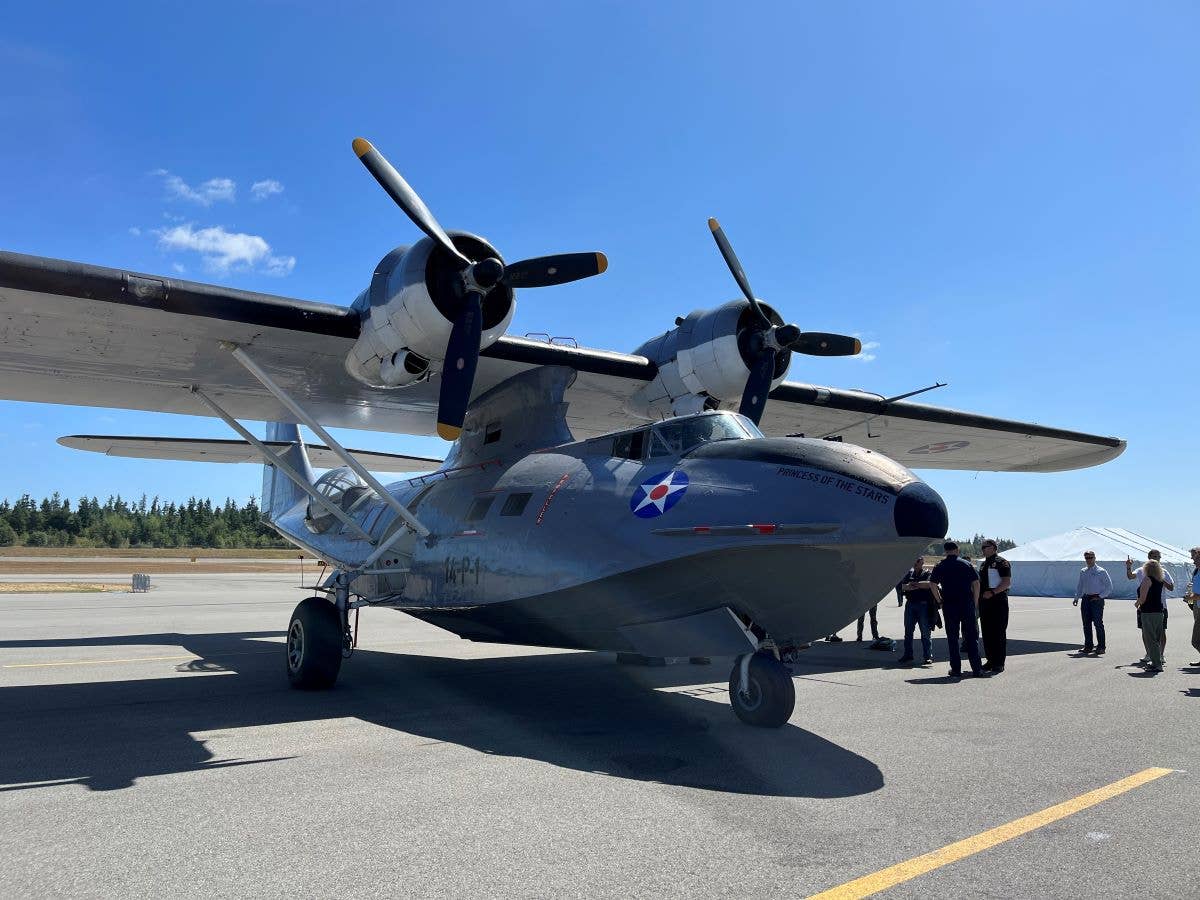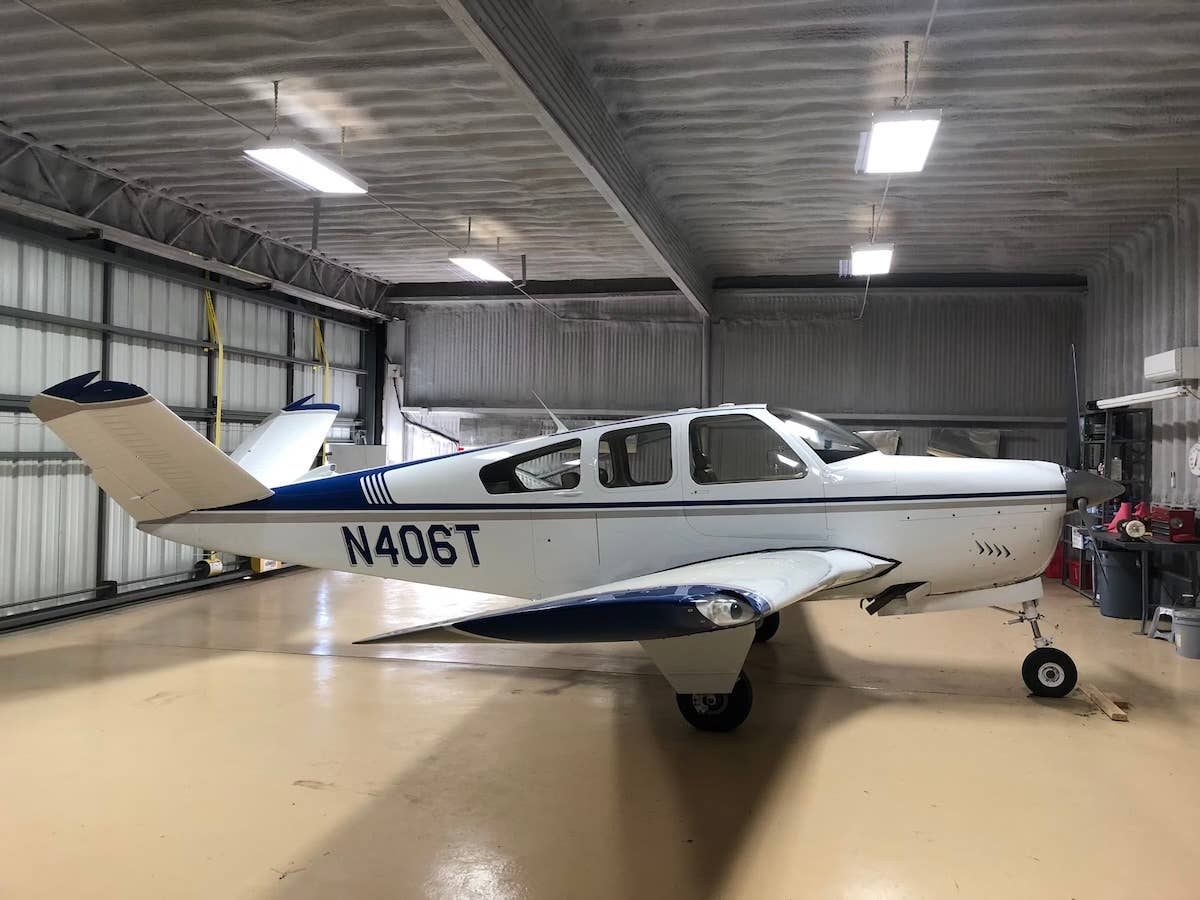Radio Failures While Learning to Fly
Thought of losing radio contact can be a frightening experience for some pilots.
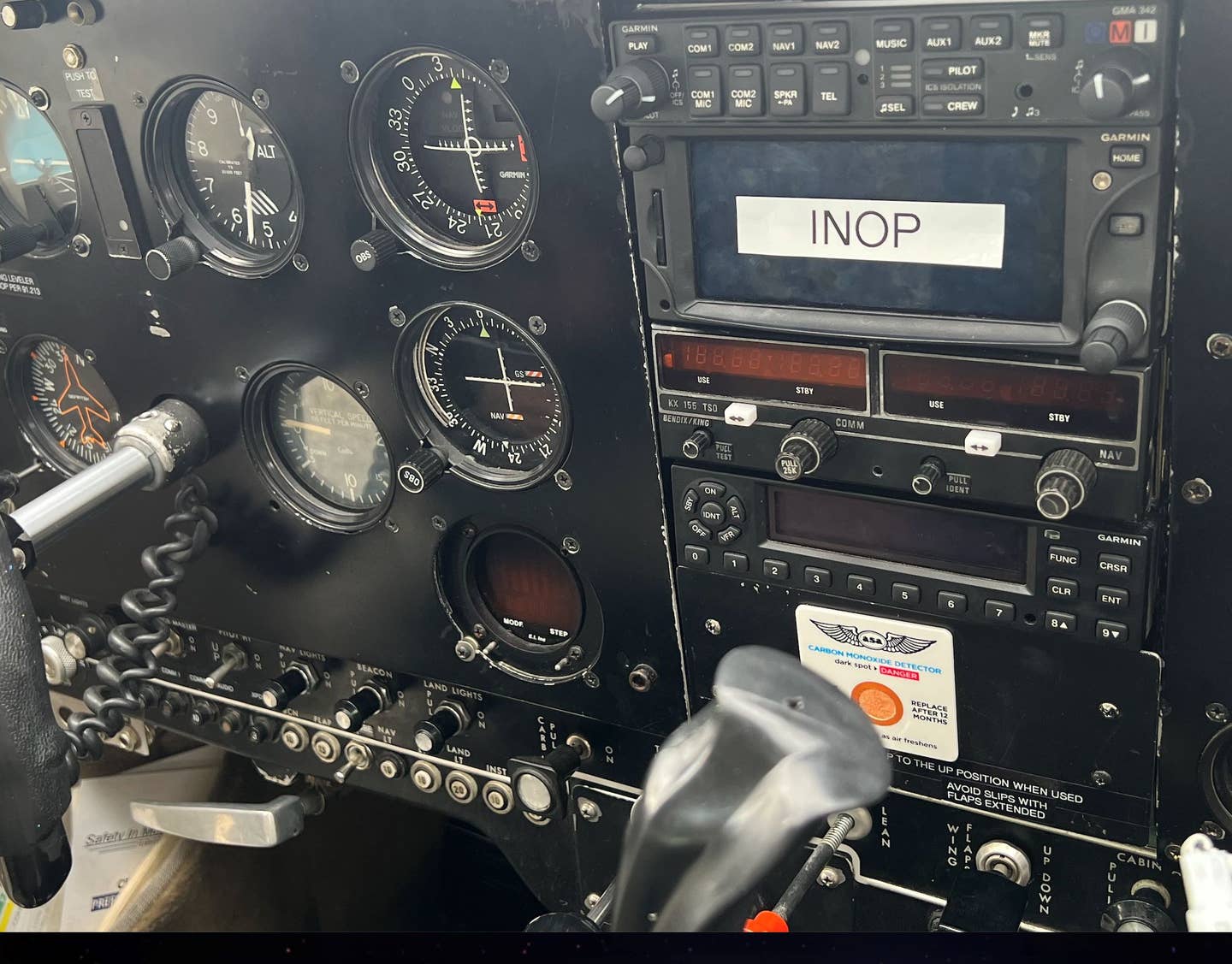
[Courtesy: Meg Godlewski]
Learning to talk on the radio and be comfortable with it is one of the more challenging aspects of learning to fly.
Most pilots fall into one of two camps: If they trained at a towered airport, they may be anxious about flying at a nontowered airport. If a pilot trains at a nontowered airport, they may be anxious about flying at a towered airport.
There are pilots who, after they earn their certificates, alter their flying so they can avoid talking on the radio. You may know someone like this—they will fly almost "Z" shaped patterns instead of a straight line during a cross-country flight to avoid transitioning airspace that would necessitate them getting a clearance from a control tower. Often this reluctance is rooted in a bad experience they had during their student pilot days, such as the dreaded radio failure during a cross-country or at an airport with a control tower.
The thought of losing radio contact can be a frightening experience for some pilots—and a nothing burger for others. It comes down to how well you have been trained. Radio failure under IFR is considered an emergency when you are in IMC, but in VFR conditions it is more an annoyance and distraction.
Radio procedures need to be learned before the student pilot is soloed. Turning on the radio, tuning in the frequency, determining transmission (look for the “TX” on the display) and adjusting volume should be demonstrated and practiced. Some radios can be finicky.
The light gun signals should be memorized or, at the very least, written down and kept handy for quick reference. Some kneeboards have them printed on them. Some pilots carry reminder cards that have the information on them along with notes on troubleshooting an apparent radio failure: check the volume, check the frequency, check that your headset is plugged in, use the hand microphone, try the other push-to-talk if installed, etc.
The most important thing is don’t forget to fly the airplane and maintain situational awareness as you troubleshoot.
Many pilots carry a hand-held radio that interfaces with their headset in the event they experience radio failure. That's a great idea—just be sure the batteries in the radio are charged. It is incredibly annoying to reach for the handheld, hook it up, and find it dead as rock.
If a hand-held radio is not in your budget, consider getting a portable intercom. They can be battery powered (most use a 9-volt battery), or plugged into the aircraft's cigarette lighter. Get one that utilizes an external push-to-talk (PTT)—it's handy to have one of your own.
Sometimes, it is the push-to-talk that fails and this can be a hassle when the PTT is hardwired into the yoke or stick. You find yourself pushing the button at weird angles and there is that click, but the TX doesn't appear on the radio stack face. If this happens, check to see if the aircraft has a hand mic stashed in the glove box. If it doesn’t, be ready to hook up your PTT.
Although portable PTTs aren't terribly expensive and are easy to install and remove, be advised that they do wear out. That's because they are mostly plastic, which is an unforgiving material. When it breaks or wears out, it's done.
Light Gun
Show of hands: How many of you have seen the ATC light signals from the air?
If you have a towered airport near you and they aren't too busy, you might ask the controller to give you the light gun signals when you are on approach. I often do this with my learners. The caveat is we are usually the first airplane in the pattern when the tower opens in the morning. I usually call the tower a day in advance to set up the light gun flight.
- READ MORE: Practice Crosswind Landings Whenever You Can
We fly the pattern and I take the airplane on base to final as that is when the controller hits us with the light gun. The learner looks at the tower and tells me what colors they see. The approach terminates with a go-around. On the second pass, the student flies, and the controller brings us in for a full stop landing with the light gun signals.
Landing with the light gun is a pilot rite of passage.
The first time it happened to me, I was a post-solo private candidate based at Tacoma Narrows Airport (KTIW), a Class D facility under the Mode C veil of Seattle-Tacoma International Airport (KSEA). It was at the end of a dual instructional cross-country flight. We were about halfway home when I noticed low voltage light activated in our mighty Cessna 172. The appropriate checklist was run in an attempt to troubleshoot the issue, but no luck. Load shedding took place.
We discussed diverting to nearby Bremerton National Airport (KPWT), a nontowered facility in Class E airspace where radio communications are not required, but a good idea for position reports and situational awareness. At a nontowered airport you stay outside the pattern and observe the flow of traffic, then enter when appropriate. However, we knew from experience that Bremerton was much busier than KTIW as so many of the pilots who trained there did so because they didn't want to "mess with a tower."
We listened to the automatic terminal information services (ATIS) at KTIW then monitored the tower frequency. There were two other aircraft in the pattern. The CFI contacted the tower when we were 10 miles out, telling controllers we were approaching from the west and about to lose the radio, so could they please bring us in with the light gun? Before they could reply, he said, "This is my last transmission," as I put 7600 into the transponder.
A few minutes later and with heads on a swivel, we rolled on to downwind. He watched the tower while I flew.
"There it is," he said.
I looked over to see a flashing green light plain as day. The steady green came when we were on base, and I did my first no-flap landing—the flaps were also electric, so I wasn't even going to monkey with them. Learning had taken place.

Sign-up for newsletters & special offers!
Get the latest FLYING stories & special offers delivered directly to your inbox

